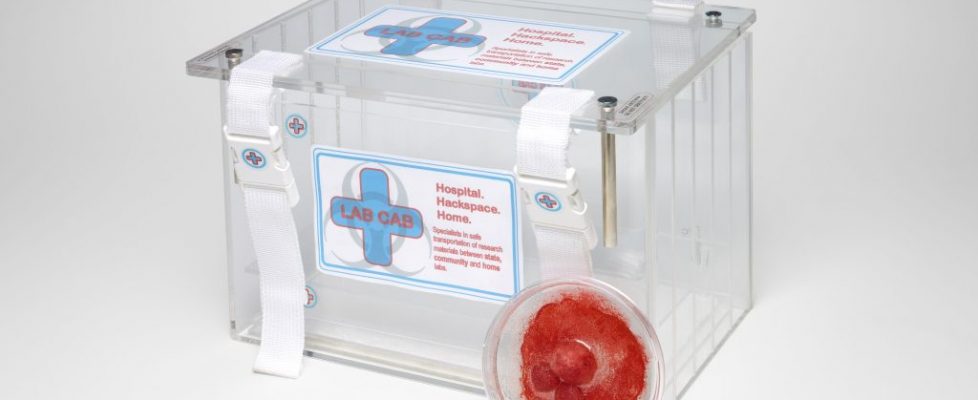Changing expectations of art and science with the Royal Society
The Museum of Extraordinary Objects
How artists from MA Art and Science created a museum from the future to help the Royal Society shape the UK’s research culture.
Imagine a Museum from 2035 in which all the exhibits reflect key moments in the history of UK science culture over the previous 20 years. That’s exactly what artists from the MA Art and Science did when the Royal Society invited them to design an approach to help the Royal Society bring alive their consultation with scientists across the country. Research culture is an umbrella term which includes everything a researcher does that isn’t research, including issues around collaboration, research integrity, career paths and publishing. The Society aims to embed a culture of research that will support the science community and the scientific endeavour looking forward to 2035. The challenge was to help scientists quickly understand the key themes of the consultation as well as to help transport them away from their immediate concerns about their everyday experiences towards thinking creatively about alternative future scenarios.
And so the Museum of Extraordinary Objects was born. Curated by Julie Light, and involving eleven artists from the MA Art and Science in creating artwork. seven objects from the future were designed and made, each of which focused on a specific element of future research culture and was designed to be used at workshops to stimulate conversation and ideas about the relevant themes. A museum catalogue completed the picture, outlining the provenance of each object.
The Museum first went on show at the launch of the Royal Society’s Changing Expectations project in June 2017, and then spent the next 4 months touring the country, visiting 20 events in 15 locations and leading to interactions with over 1000 individuals from academia, government, industry and professional research services. The Royal Society have since created an Open Access Workshop that can be used by any organisation or scientist wanting to be part of the shaping of science research culture, anywhere in the world.
You can read the Museum Catalogue here
More details of the making of the Museum can be found at the Royal Society’s In Verba blog here
Details of the Royal Society’s Visions of 2035 Open Access Workshops using the Museum pieces are here
The Royal Society report on the Changing Expectations consultations and featuring the artwork from the Museum can be downloaded here
Changing Expectations of Art and Science
Building on the success of the Museum, the Royal Society invited artists from the MA Art and Science to create a show to complement the TEDx Whitehall 2018 held at the Royal Society in January 2017. Stephen Bennett and Julie Light curated work from seven artists, with each piece reflecting a different perspective on the changing relationship between art and science.
Artworks included Hannah Pratt’s Chaos Dice, which could create a potential framework to design the parameters for scientists to conduct their research, Bekk Wells’ Elements, representing the type of hapticity and spatial reasoning introduced through the use of molecular models and Where Are You From? by Stephen Bennett, comprising data collected in response to that question, and reflecting a fluid sense of roots as well as addressing the increasingly interdisciplinary nature of science.
Other pieces were Becky Lyons’ New Earth Object Research, Helen Cawley’s The Missing Chapter, which was displayed alongside a first edition of Charles Darwin’s related original text, Julie Light’s Breathless and Jill Mueller’s We Are All Made of Stars: Matters of Scale (Box Set).

